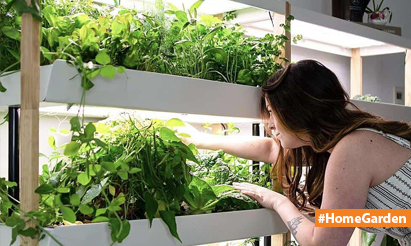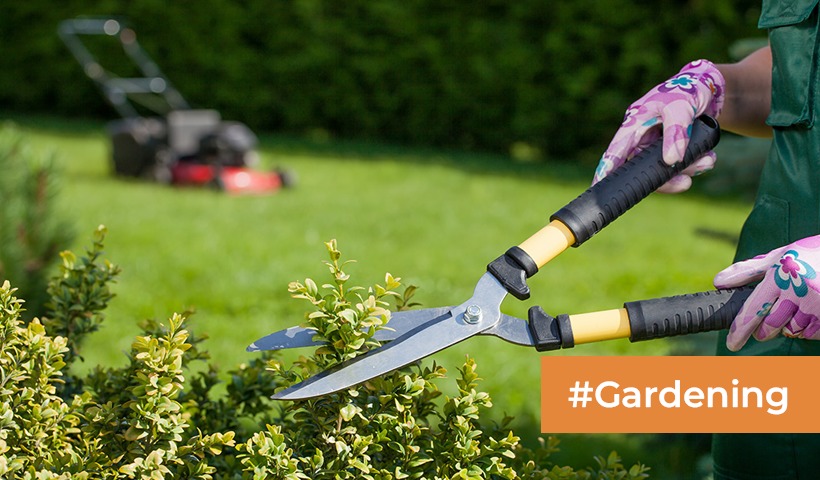Introduction and importance of terrace farming- how waste management can be controlled?
Preeti Patil, a catering officer at the Mumbai Port Trust (MBPT), came up with a unique solution to the MBPT kitchen’s vast amount of waste: terrace gardening. Patil, who subsequently launched ‘Urban Leaves,’ created an urban garden out of 3,000 square feet of terrace area.
The MBPT’s central kitchen serves the docks’ departmental canteens. It produced 30 kg of vegetable waste per day in 2000. Patil looked into methods to recycle it since she was having trouble disposing of it. She began experimenting on the rooftop of the kitchen, with the canteen’s workers joyfully helping in their leisure time, inspired by the works of SA Dabholkar and the Prayog Pariwar Natueco Farming approach. Soon, the terrace had transformed into a highly productive food forest, with helpful bugs, birds, bees, and butterflies producing a beautiful green cover amidst the concrete.
The New Start
In 2009, the entrepreneurial lady founded Urban Leaves, a volunteer-driven organization dedicated to raising knowledge about how to produce food organically in urban areas by recycling organic waste and kitchen garbage. It now administers and maintains two rooftop community farms, which also function as learning centers for volunteers of all ages and professions.”Declining green areas, loss of biodiversity, and garbage management are all concerns that cities confront today as a result of growing urbanization.” Much of today’s pollution is caused by the expansion of landfills and the combustion of both organic and inorganic materials. Approximately 60% of garbage shipped to landfills is biodegradable, can be handled at the source, and recycled back to the environment,” says the report.
Solutions
The ‘Save a Leaf’ campaign was just launched by Urban Leaves. “We hope that our ad will raise awareness about the importance of these leaves and provide suggestions for how to use them,” says the campaign’s creator. These are low-cost solutions targeted at addressing the difficulties that cities confront today,” said Patil, who believes it is past time for builders and architects to include rooftop/vertical/balcony urban farms in their building designs. Window sills may be utilized to grow nutrient-dense plants. Herbs and seasonal vegetables such as basil, lemongrass, chili, curry leaves, spinach, fenugreek, lettuce, ginger, brinjal, and tomatoes may be grown on balconies. “Mango, banana, custard apple, pomegranate, pineapple, chikoo, papaya, cabbage, gourd, okra, and other fruits and vegetables may be cultivated on terraces that receive plenty of sunlight,” she suggests.
Disclaimer: The views expressed above are for informational purposes only based on industry reports and related news stories. PropertyPistol does not guarantee the accuracy, completeness, or reliability of the information and shall not be held responsible for any action taken based on the published information.




